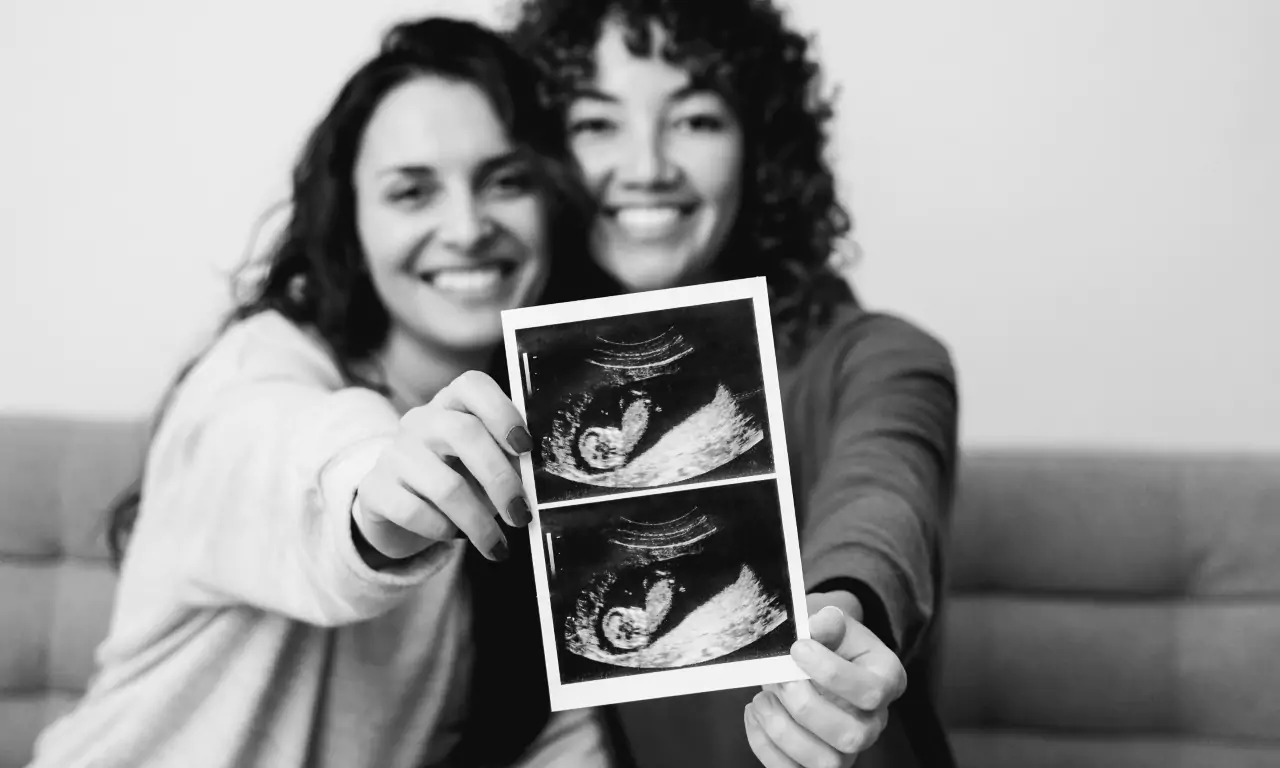Welcoming a new life into the world through surrogacy is an incredible journey, filled with emotions and unique experiences. However, what often goes unspoken is the post-surrogacy phase, particularly for the surrogate mother. The path to physical healing after surrogacy can be complex, but understanding what to expect and how to cope is crucial. This comprehensive guide delves into the physical healing process, offering insights and tips for a smoother recovery.
Physical Healing Surrogacy: The Road to Recovery
Surrogacy is more than a noble act; it’s a commitment that encompasses physical, emotional, and mental aspects. After the birth, a surrogate’s body undergoes several changes as it returns to its pre-pregnancy state. This period, often overlooked, is crucial for the overall well-being of the surrogate.
Physical Changes and Challenges
The first few weeks post-delivery are pivotal. Surrogates may experience a range of physical symptoms, including:
- Vaginal soreness: If the birth was vaginal, soreness and discomfort are common.
- Abdominal pain: The uterus takes time to shrink back to its original size, causing cramps.
- Breast milk production: Surrogates might produce milk, which can be both emotional and physically challenging.
Navigating Hormonal Fluctuations
Hormones play a significant role in post-surrogacy recovery. Fluctuations can lead to emotional rollercoasters, similar to those experienced postpartum. It’s not just about physical healing; it’s a holistic journey.
The Importance of Rest and Nutrition
Rest is paramount. The body needs time to heal, and adequate sleep is a cornerstone of recovery. Nutrition also plays a vital role. A balanced diet, rich in vitamins and minerals, supports the body’s natural healing process.
Exercise: A Step-by-Step Approach
Gentle exercise, like walking, can be beneficial. However, it’s important to listen to your body and consult with a healthcare provider before starting any exercise regimen.
Emotional and Mental Well-being: A Key Component of Physical Healing Surrogacy
Physical healing is intrinsically linked to emotional and mental health. Acknowledging and addressing these aspects is vital.
Support Systems: The Role of Family and Friends
A strong support network can make a significant difference. Whether it’s help with household chores or a listening ear, don’t hesitate to lean on loved ones.
Professional Help: When to Seek It
If feelings of sadness or anxiety become overwhelming, seeking professional help is important. Therapists specializing in post-surrogacy care can provide valuable support.
Long-Term Physical Recovery: Setting Realistic Expectations
The journey to full physical recovery varies for each individual. It’s important to set realistic expectations and be patient with the process.
Regular Medical Check-ups
Regular visits to a healthcare provider are crucial for monitoring recovery and addressing any concerns.
Listening to Your Body: Knowing Your Limits
Understanding and respecting your body’s limits during recovery is vital. Pushing too hard can lead to setbacks.
Embracing the Journey
The journey of physical healing after surrogacy is as remarkable as the act of surrogacy itself. It’s a time of transformation, healing, and self-care. By understanding what to expect and how to cope, surrogates can navigate this path with confidence and grace.
Remember, your health and well-being matter. Take the time you need to heal, both physically and emotionally. You’ve done something extraordinary, and now it’s time to focus on yourself.
Physical Healing After Surrogacy: Embracing a New Normal
Continuing the Journey of Physical Healing Surrogacy
After surrogacy, the journey towards physical recovery continues. This part of the guide focuses on the long-term aspects of healing, embracing the new normal, and how to maintain physical and emotional well-being in the months following the delivery.
Physical Recovery: Beyond the Initial Weeks
In the months following childbirth, the body continues to heal and adjust. This period can include:
- Further reduction in abdominal size: The uterus continues to shrink back to its pre-pregnancy size.
- Regulation of menstrual cycle: It might take some time for the menstrual cycle to become regular again.
- Hair and skin changes: Post-pregnancy hormonal changes can affect hair and skin, which should gradually return to their pre-pregnancy state.
Maintaining Physical Health: Diet and Exercise
A balanced diet and regular exercise remain crucial. Focus on:
- Nutrient-rich foods: Continue to eat a variety of fruits, vegetables, whole grains, and proteins.
- Regular, moderate exercise: Activities like yoga, swimming, or cycling can be beneficial.
Emotional Well-being: The Ongoing Process
Emotional recovery may take longer than physical recovery. It’s important to:
- Acknowledge your feelings: Accepting and expressing emotions is a healthy part of the recovery process.
- Stay connected: Keep in touch with your surrogacy community or support groups.
The Role of Routine Medical Care
Continued medical care is essential for long-term health. This includes:
- Regular check-ups: Keep up with routine medical appointments.
- Breast health: Monitor any changes, especially if lactating, and consult a healthcare provider if there are concerns.
Adjusting to Life Post-Surrogacy
Life after surrogacy can feel different. Embrace this change by:
- Finding new hobbies or interests: Engage in activities that bring joy and fulfillment.
- Reflecting on the experience: Consider journaling or sharing your story with others.
Support for Surrogates: The Importance of Community
Staying connected with the surrogacy community can provide ongoing support and understanding. Consider:
- Joining support groups: Online or in-person groups can offer a space to share experiences and advice.
- Staying in touch with the intended parents: If comfortable and agreed upon, maintaining a relationship can be rewarding.
A Journey of Courage and Compassion
The physical healing journey after surrogacy is a testament to the courage and compassion of surrogates. It’s a time to prioritize self-care, embrace changes, and celebrate the incredible gift you’ve provided. Remember, every step in this journey is a reflection of your strength and resilience.
You’ve embarked on a journey that has changed lives, including your own. Take pride in your journey, cherish your health, and look forward to the new chapters ahead.



